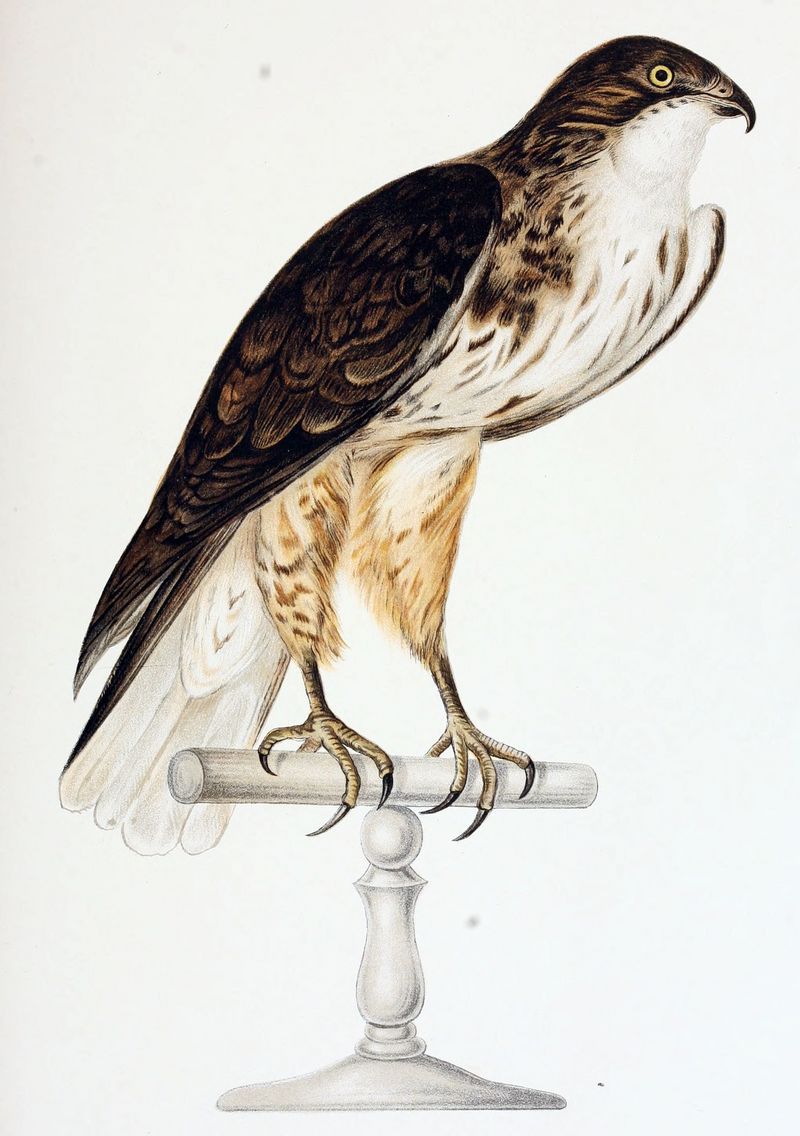|
| 질의: Small white | 결과: 820번째/2237 | |
white-throated hawk, Buteo albigula
| 제목: | white-throated hawk, Buteo albigula
| | 올린이: | Wiki Photos (---@---.---)
| |

| 해상도: 2028x2881
파일크기: 547537 Bytes
촬영일: 2016:11:28 16:24:40
등록시간: 2017:02:12 03:29:26
|
Description
English: Buteo albigula Ph male
Date 1 January 1902
Source Figuras i descripciones de aves chilenas, Anales del Museo Nacional de Chile, 1902 https://archive.org/details/figurasidescripc00phil
Author Dr. R.A. Philippi
Source: https://commons.wikimedia.org/wiki/File:Buteo_albigula_Ph_male.jpg
The white-throated hawk, Buteo albigula, is a bird of prey in the family Accipitridae, which includes the eagles, hawks and Old World vultures. In British usage it would be called a buzzard rather than a true hawk. The white-throated hawk is a rather small Buteo, 42–45 cm long. It lives in the Andes mountains of South America and ranges down to the coast in the O'Higgins region of Chile, preferring wooded areas. It is closely related to the more widely distributed short-tailed hawk and was formerly considered conspecific with it. The white-throated hawk differs in having a longer tail and no dark morph. It also shows plumage differences such as brown streaks on the breast and belly, and a blackish tail with barely visible darker bands. Order: Falconiformes (or Accipitriformes), Family: Accipitridae, Genus: Buteo, Species: Buteo albigula Philippi, 1899.
|
댓글 |
|---|
| | 손님 |
|
White-throated Hawk (Buteo albigula)
French: Buse à gorge blanche German: Weißkehlbussard Spanish: Busardo gorjiblanco
Taxonomy: Buteo albigula R. A. Philippi [Krumwiede], 1899, Valdivia, Chile.
A member of the B. brachyurus clade (see below); wider molecular study suggested sister relationship between present species and B. swainsoni. Previously thought to be higher-altitude representative of B. brachyurus (see that species). Monotypic. |
^o^
동물그림창고 똑똑전화 누리집
^o^
|
|
|